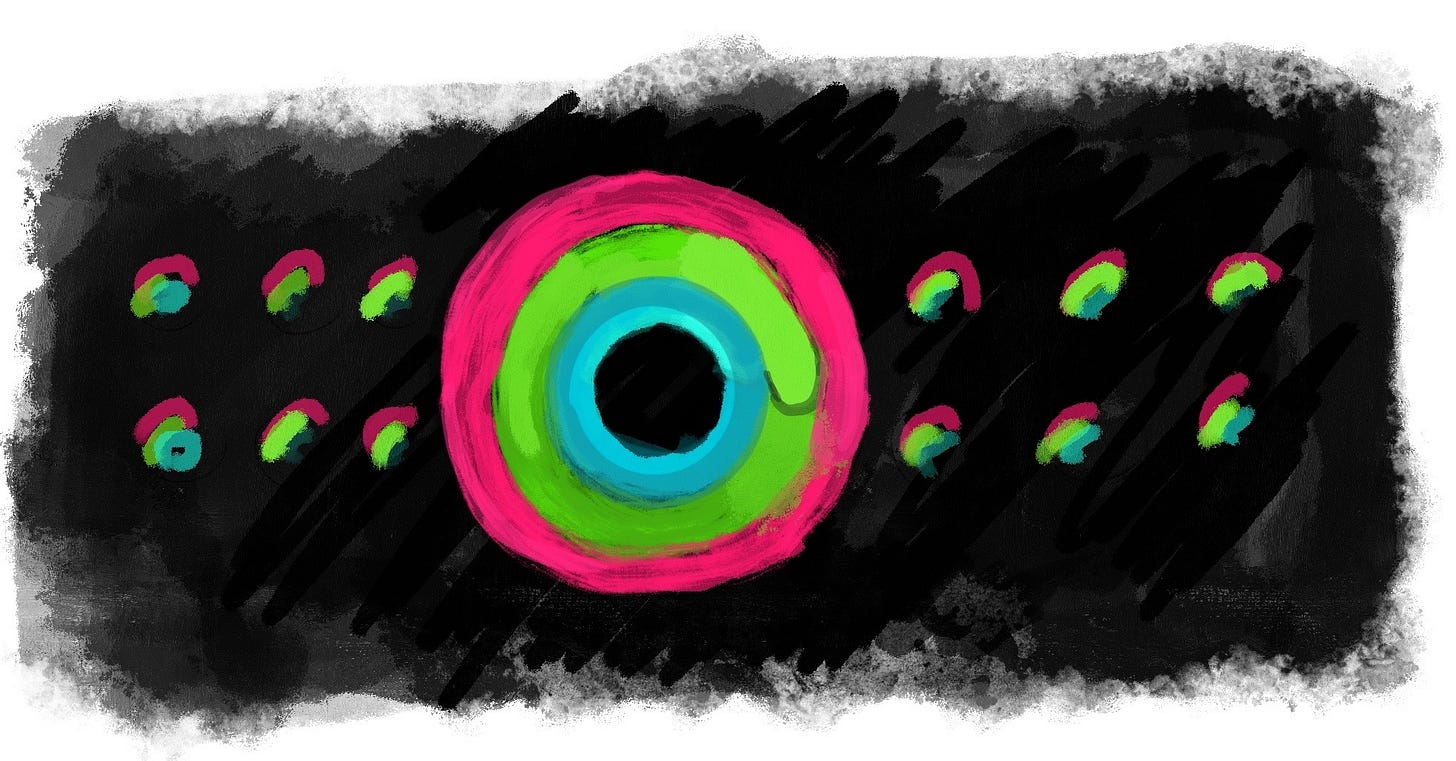Prototyping and Experimenting Chronic Disease
Proof of Concept Issue #006: My personal story with Type 2 Diabetes and iterating to better health

It’s Slow Cooker Sunday, which means I try a new dish in my crockpot as I write the next issue of Proof of Concept. I’m writing as I wait for my BBQ chicken wings. It’s an odd time where I am watching football, basketball, baseball, and hockey all at once (thanks pandemic). This gives me time to refine posts I’ve been slow cooking in my mind maps and br…
Keep reading with a 7-day free trial
Subscribe to Proof of Concept to keep reading this post and get 7 days of free access to the full post archives.

